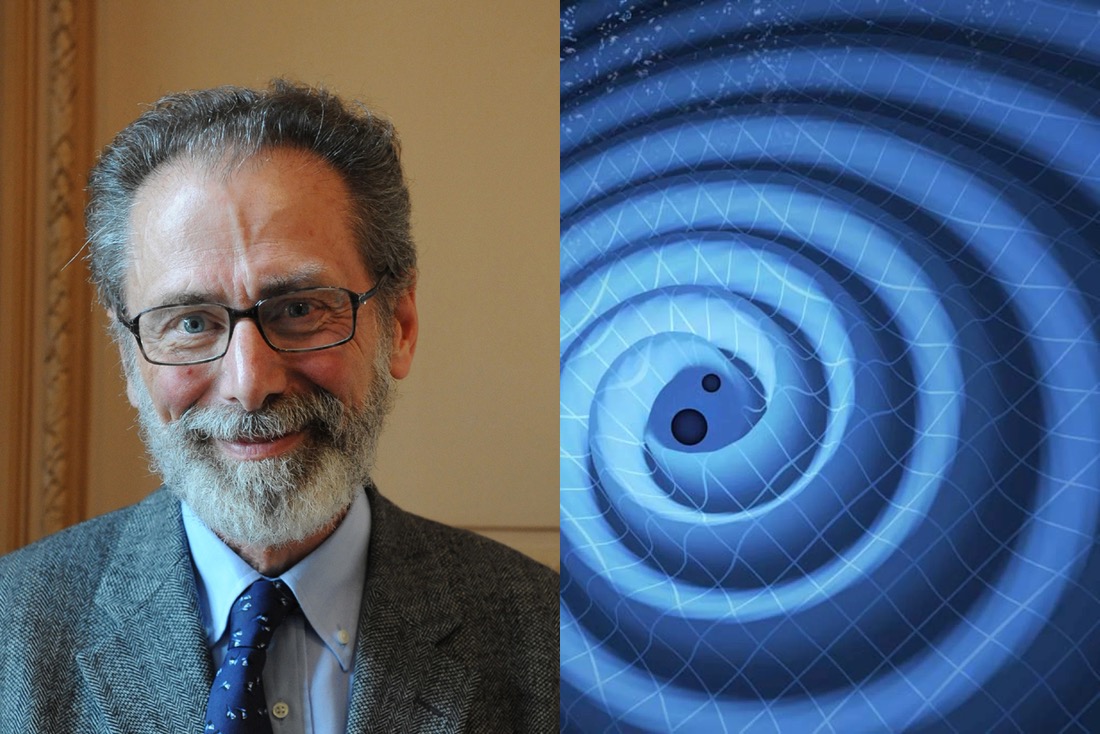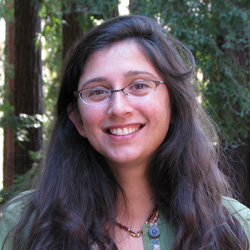
A French mathematician known for his pioneering work on a theory used for applications ranging from image compression to the detection of gravitational waves from the merging of black holes has earned one of the world's top prizes in mathematics.
Yves Meyer, a professor emeritus in mathematics at the École normale supérieure Paris-Saclay in France, will receive the Abel Prize, the Norwegian Academy of Sciences and Letters (which awards the prize) announced today (March 21) in Oslo. The prize, which comes with a cash award of 6 million Norwegian krone ($710,000), will be bestowed by King Harald V of Norway on May 23.
Meyer was honored largely "for his pivotal role in the development of the mathematical theory of wavelets," the academy said. His work on wavelets began in the mid-1980s. [The 11 Most Beautiful Mathematical Equations]
Wavelets are mathematical operations that look a bit like the spiky blips that appear on a seismograph or a heart-wave monitor. When the wavelets are mathematically combined with another unknown signal (ranging from sound to image signals), they can be used to extract information from the original signal. Wavelets, like their more famous cousins Fourier transforms, are widely used in signal processing, including in compressing certain formats of JPEG images.
Wavelets are particularly useful when the goal is to discard some extraneous information (such as low-frequency noise from the universe) while keeping the important signal (like the brief blip of gravitational waves from two black holes colliding). Wavelets also aid in detecting edges, because they easily pull out spots in data where a signal is changing rapidly, such as in the lines of a fingerprint.
Though others invented wavelets in the early 1980s, Meyer's work allowed scientists to create unique wavelet transforms that were ideally suited to specific signals.
Varied life and interests
Meyer was born in Tunisia in 1939, before emigrating to France and entering an undergraduate school there in 1957. After graduating, he became a math teacher at a small French military school. The job was not a good match for him.
Breaking space news, the latest updates on rocket launches, skywatching events and more!
"A good teacher at the high-school level needs to be much more methodic and organized than I was," Meyer said in an interview in the International Association of Mathematical Physics bulletin in 2011.
He also disliked the one-way, didactic approach to teaching students while they struggled to gain the knowledge and were frequently wrong, he said.
"Socrates makes very clear that he needs a discussion with his friends to discover the truth," Meyer said in the interview. "Truth is never given to him as a gift from God; truth needs to be elaborated through a collective work. My experience of teaching in a high school shaped my entire life. I understood that I was more happy to share than to possess."
After that frustrating experience, in 1963, he applied to a doctoral program in Strasbourg, France and, over the decades, hopped from school to school in France, never settling on a permanent home. His mathematical inquiries were equally peripatetic: He developed important theories in a wide range of fields, including number theory and the Navier-Stokes theorem, which describe the flow of viscous fluids.
"During my professional life, I obsessively tried to cross the frontiers," Meyer said in a statement from the Norwegian Academy of Sciences and Letters.
Originally published on Live Science.

Tia is the assistant managing editor and was previously a senior writer for Live Science, a Space.com sister site. Her work has appeared in Scientific American, Wired.com and other outlets. She holds a master's degree in bioengineering from the University of Washington, a graduate certificate in science writing from UC Santa Cruz and a bachelor's degree in mechanical engineering from the University of Texas at Austin. Tia was part of a team at the Milwaukee Journal Sentinel that published the Empty Cradles series on preterm births, which won multiple awards, including the 2012 Casey Medal for Meritorious Journalism.

